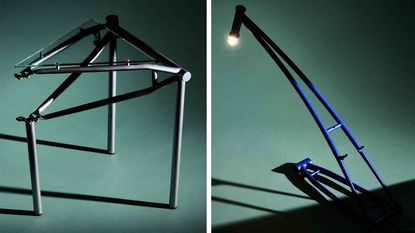Design & Interiors
Travel with us to design weeks and experience refined interior design from across the globe. Get the first look at all-new modern furniture, and contemporary craft every day
Explore Design & Interiors
-
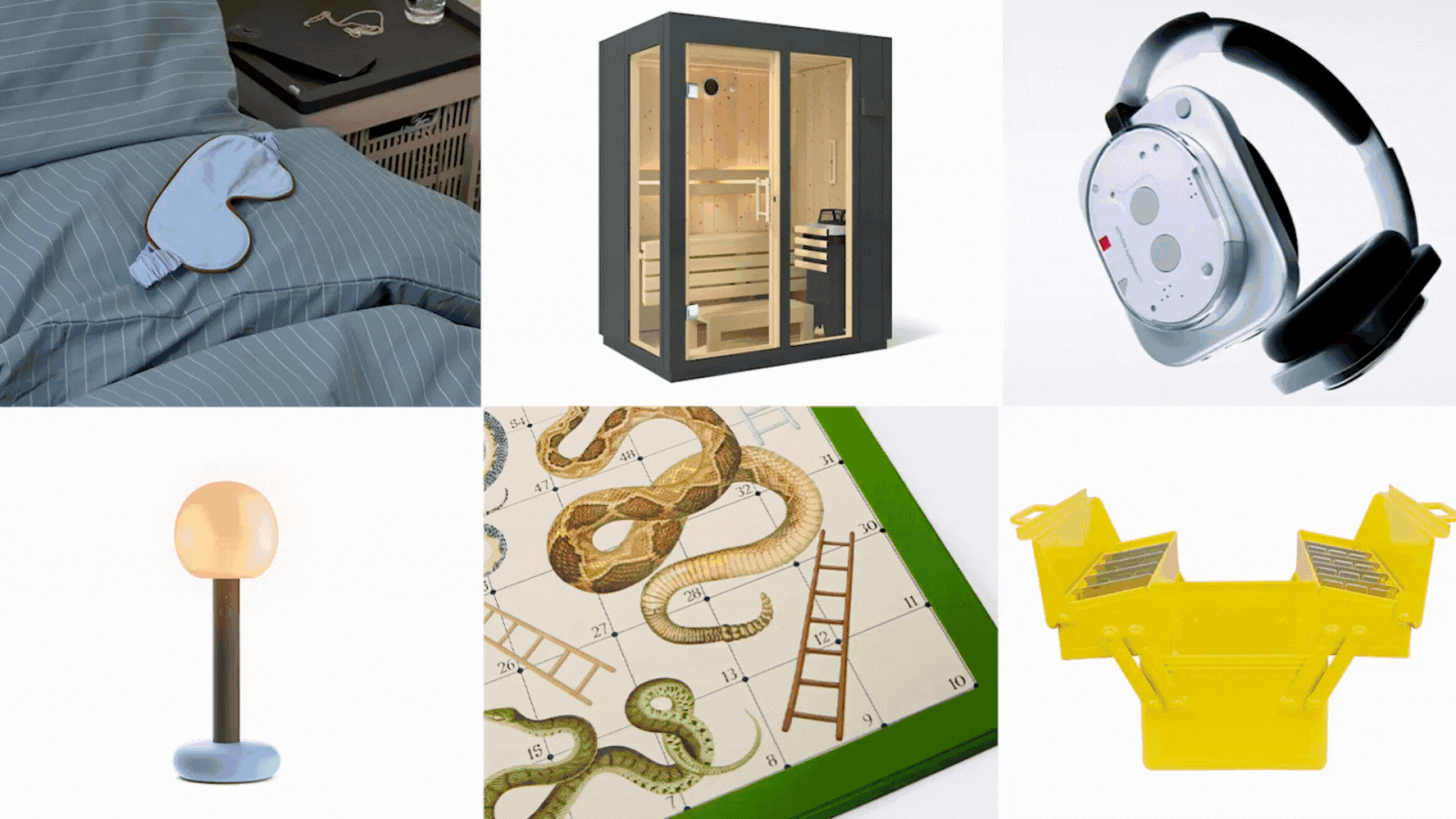
2026 horoscope: design for every star sign
For the Wallpaper* 2026 horoscope, we asked Italian astrologist Lumpa what the stars have in store for the year ahead, and what design objects each sign will need to face the new year
By Lumpa Published
-

Glass designer Silje Lindrup finds inspiration in the material's unpredictability
Wallpaper* Future Icons: Danish glassmaker Silje Lindrup lets the material be in charge, creating a body of work that exists between utility and experimentation
By Ali Morris Published
-

Zbeul Studio's 'future relics' merge traditional craft with unexpected materials
Wallpaper* Future Icons: Paris-based studio Zbeul merges archaeology, craft, and design, taking the design process to innovative places
By Shawn Adams Published
-

Design studio Palma is a tale of twos, where art and architecture meet
Wallpaper* Future Icons: in São Paulo, artist Cleo Döbberthin and architect Lorenzo Lo Schiavo blur the lines between making and meaning. Through Palma, they explore a dialogue shaped by material, memory and touch.
By Hiba Alobaydi Published
-

Grace Atkinson's Ukraine-made textiles balance material and emotion
Wallpaper* Future Icons: New Zealand-born Grace Atkinson creates sensual domestic textile objects using 14th century techniques
By Ali Morris Published
-

7 colours that will define 2026, from rich gold to glacier blue
These moody hues, versatile neutrals and vivid shades will shape the new year, according to trend forecasters
By Kelly Allen Published
-
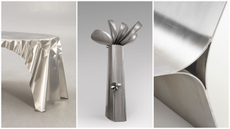
An inox-fanatic's love letter to stainless steel
Ultimate stainless steel fan Levi Di Marco has been documenting inox designs on his social media platform @tutto_inox: we asked him to tell us about his not-so-mild obsession and share some of his favourite examples of inox design
By Levi Di Marco Published
-

The Testament of Ann Lee brings the Shaker aesthetic to the big screen
Directed by Mona Fastvold and featuring Amanda Seyfried, The Testament of Ann Lee is a visual deep dive into Shaker culture
By Emma O'Kelly Published
-

Eddie Olin's furniture that merges heavy metal with a side of playfulness
Wallpaper* Future Icons: London-based designer and fabricator Eddie Olin's work celebrates the aesthetic value of engineering processes
By Ali Morris Published
-

The work of Salù Iwadi Studio reclaims African perspectives with a global outlook
Wallpaper* Future Icons: based between Lagos and Dakar, Toluwalase Rufai and Sandia Nassila of Salù Iwadi Studio are inspired by the improvisational nature of African contemporary design
By Rosa Bertoli Published
-

Korean designer Yoonjeong Lee tells ordinary stories in extraordinary ways
Wallpaper* Future Icons: Yoonjeong Lee's work is based on a fascination for utilitarian objects, from pencils to nails, recreated with innovative casting methods
By Rosa Bertoli Published
-
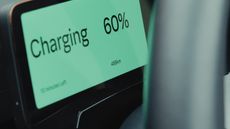
Volvo’s quest for safety has resulted in this new, ultra-legible in-car typeface, Volvo Centum
Dalton Maag designs a new sans serif typeface for the Swedish carmaker, Volvo Centum, building on the brand’s strong safety ethos
By Jonathan Bell Published
-
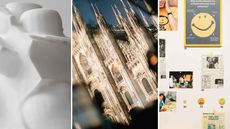
We asked five creative leaders to tell us their design predictions for the year ahead
What will be the trends shaping the design world in 2026? Six creative leaders share their predictions for next year, alongside some wise advice: be present, connect, embrace AI
By Rosa Bertoli Published
-

Patricia Urquiola reveals an imaginative inner world in ‘Meta-Morphosa’
From hybrid creatures and marine motifs to experimental materials and textiles, Meta-Morphosa presents a concentrated view of Patricia Urquiola’s recent work
By Ali Morris Published
-

This LA-based furniture designer finds a rhythm in music and making
Wallpaper* Future Icons: LA-based Ah Um Design Studio's expressive furniture features zig-zagging wooden frames, mohair and boucle upholstery, and a distinctive use of tiles
By Ali Morris Published
-

Pull up a bespoke pew at Milan’s new luxury perfumery Satinine, an homage to the city’s entryways
Designer Mara Bragagnolo fuses art deco details to bring storied Milanese fragrance brand Satinine into the 21st century
By Ifeoluwa Adedeji Published
-

Supersedia’s chairs combine sculptural forms with emotional expressions
Italian design studio Supersedia, founded by Markus Töll, creates furniture where ‘every detail is shaped individually'
By Rosa Bertoli Published
-

How Stephen Burks Man Made is bringing the story of a centuries-old African textile to an entirely new audience
After researching the time-honoured craft of Kuba cloth, designers Stephen Burks and Malika Leiper have teamed up with Italian company Alpi on a dynamic new product
By Anna Fixsen Published
-

Togo's Palais de Lomé stages a sweeping new survey of West African design
'Design in West Africa' in Lomé, Togo (on view until 15 March 2026), brings together contemporary designers and artisans whose work bridges tradition and experimentation
By Laura May Todd Published
-

Australian studio Cordon Salon takes an anthropological approach to design
Wallpaper* Future Icons: hailing from Australia, Cordon Salon is a studio that doesn't fit in a tight definition, working across genres, techniques and materials while exploring the possible futures of craft
By Rosa Bertoli Published
-

This designer’s Shoreditch apartment is ‘part grotto, part cabinet of curiosities’
The apartment serves as Hubert Zandberg’s ‘home away from home’, as well as a creative laboratory for his design practice. The result is a layered, eclectic interior infused with his personality
By Anna Solomon Published
-

How Taipei designers operate between cutting-edge technology and their country's cultural foundations
In the final instalment of our three-part Design Cities series, we explore Taipei, Taiwan, as a model of translating contemporary urban aesthetic and craft traditions into design thinking
By Laura May Todd Published
-
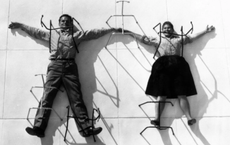
How Charles and Ray Eames combined problem solving with humour and playfulness to create some of the most enduring furniture designs of modern times
Everything you need to know about Charles and Ray Eames, the American design giants who revolutionised the concept of design for everyday life with humour and integrity
By Francesca Perry Published
-

Veronica Ditting’s collection of tiny tomes is a big draw at London's Tenderbooks
At London bookshop Tenderbooks, 'Small Print' is an exhibition by creative director Veronica Ditting that explores and celebrates the appeal of books that fit in the palm of your hand
By Ali Morris Published
-

How Beirut's emerging designers tell a story of resilience in creativity
The second in our Design Cities series, Beirut is a model of resourcefulness and adaptability: we look at how the layered history of the city is reflected in its designers' output
By Laura May Todd Published
-

How Abidjan's Young Designers Workshop is helping shape a new generation of Côte d'Ivoire creatives
In the first in our Design Cities series, we look at how Abidjan's next generation of creatives is being nurtured by an enlightened local designer
By Laura May Todd Published
-

Colour and texture elevate an interior designer’s London home
To beautify her home without renovations, Charu Gandhi focused on key spaces and worked with inherited details
By Anna Solomon Published
